
Mitsubishi i-MiEV Hatchback (2011-2015) interior, tech and comfort
.jpg)
Compared to the Peugeot iOn – which is basically the same car underneath – the i-MiEV feels a lot more modern. The dash is covered in soft matte-effect material with contrasting stitching and the seats are finished in a similar style. The dash doesn’t look that different to your everyday ‘normal’ car’s set-up, although the fuel gauge shows available electricity reserves rather than physical fuel and the ‘rev counter’ is replaced with a dial showing how you’re using the energy, be it efficiently or not.
The gearbox works in a similar way to a normal automatic – for the majority of the time you’ll just leave it in ‘D’. ‘C’ and ‘B’ modes are more suited to those wishing to get the most from a full charge, with the former reducing the resistance caused by regenerative braking and the latter increasing its effect when rolling down hills.
With the absence of an internal combustion engine, the cabin of the iMiEV is an extremely quiet place to be. When moving at speed you get a tiny amount of wind noise around the A-pillar and a miniscule din from the tyres, but next to no noise from the drivetrain. There’s a slightly spaceship-esque whining on deceleration as the regenerative braking system does its thing, but it’s barely noticeable.
The front seats are nice and comfortable, with plenty of lateral support and enough padding to keep you happy on long journeys. Visibility in the front is very good thanks to the large windscreen, although the A-pillars do obstruct the drivers view a little when coming out of junctions. The short bonnet and instant rear drop-off also means that parking and negotiating any tight spots can be done with ease.


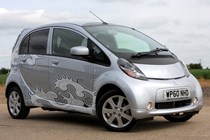
.jpg)
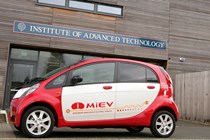
.jpg)
.jpg)
.jpg)
.jpg)
.jpg)
.jpg)
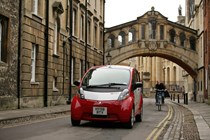
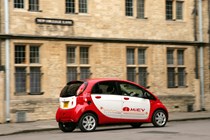
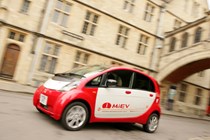
.jpg)
.jpg)
.jpg)
.jpg)
.jpg)
.jpg)
.jpg)
.jpg)
.jpg)
.jpg)
.jpg)
.jpg)
.jpg)
.jpg)
.jpg)
.jpg)
.jpg)
.jpg)
.jpg)
.jpg)
.jpg)
.jpg)
.jpg)
.jpg)
.jpg)
.jpg)
.jpg)
.jpg)
.jpg)
.jpg)
.jpg)
.jpg)
.jpg)
.jpg)
.jpg)
.jpg)
.jpg)
.jpg)
.jpg)
.jpg)

.jpg?quality=50)

.jpg?quality=50)
.jpg?quality=50)
.jpg?quality=50)
.jpg?quality=50)
.jpg?quality=50)
.jpg?quality=50)



.jpg?quality=50)
.jpg?quality=50)
.jpg?quality=50)
.jpg?quality=50)
.jpg?quality=50)
.jpg?quality=50)
.jpg?quality=50)
.jpg?quality=50)
.jpg?quality=50)
.jpg?quality=50)
.jpg?quality=50)
.jpg?quality=50)
.jpg?quality=50)
.jpg?quality=50)
.jpg?quality=50)
.jpg?quality=50)
.jpg?quality=50)
.jpg?quality=50)
.jpg?quality=50)
.jpg?quality=50)
.jpg?quality=50)
.jpg?quality=50)
.jpg?quality=50)
.jpg?quality=50)
.jpg?quality=50)
.jpg?quality=50)
.jpg?quality=50)
.jpg?quality=50)
.jpg?quality=50)
.jpg?quality=50)
.jpg?quality=50)
.jpg?quality=50)
.jpg?quality=50)
.jpg?quality=50)
.jpg?quality=50)
.jpg?quality=50)
.jpg?quality=50)
.jpg?quality=50)
.jpg?quality=50)
.jpg?quality=50)